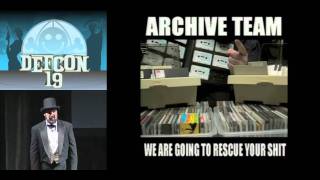Generative AI Is Not Going To Build Your Engineering Team For You - Stack Overflow
People act like writing code is the hard part of software. It is not. It never has been, it never will be. Writing code is the easiest part of software engineering, and it’s getting easier by the day. The hard parts are what you do with that code—operating it, understanding it, extending it, and governing it over its entire lifecycle.
The present wave of generative AI tools has done a lot to help us generate lots of code, very fast. The easy parts are becoming even easier, at a truly remarkable pace. But it has not done a thing to aid in the work of managing, understanding, or operating that code. If anything, it has only made the hard jobs harder.


